January 2024
Spazio Labo’: a new books display in dialogue with the exibition HUN by Julia Mejnertsen
We have brought to Spazio Labo’ a new selection of books curated by Michael Trutta, who has chosen in Leporello a series of volumes that dialogues in various ways with the exhibition Hun, by Julia Mejnertsen, curated by Laura De Marco, and with the bibliography that has partly guided Laura’s research. On view through April 11, 2024!
For the second photobookclub event, to be held on March 4, we have chosen from Michael’s selection of
Julia Mejnertsen’s HUN Project is a layered account of the author’s relationship with her mother and her greatest passion, hunting. She describes in nine chapters the conflicting nuances that result from this ancient activity and how Western society has altered our relationship with nature over time.
The book selection that accompanies the exhibition goes to focus on the different aspects that emerge by vivisecting Mejnertsen’s book maquette. Starting with the underlying theme, we find, for example, Trophy and Treasure (Snoeck, 2017) by Francesco Neri, which goes similarly to Mejnertsen’s account of the relationship with one’s parent and hunting, or Nsenene (Edition Patrick Frey, 2021) by Michele Sibiloni and HORSE (The eriskay Connection, 2021) by Heleen Peeters, which speak of the exploitation and killing of animals for food; the theme of hunting is presented in a more subtle way in Justine Kurland’s SCUMB Manifesto (MACK, 2022), in which the artist cuts out and recomposes the photobooks of male authors, preying on predators; but especially in Odette England’s Woman wearing ring shields face from flash (Skinnerboox, 2023), in which the camera-gun metaphor, also central to HUN, is presented, whereby images, like bullets, are also violent devices. HUN is also a occasion for reflecting on the particular relationship between the author and her mother, just as Ahndraya Parlato uses Who is Changed and Who is Dead (MACK, 2021) to dissect the complex theme of the death and birth of mother, grandmother, and daughters, or as in Edward Steichen’s historical exhibition catalog The family of man, family is spoken of in a totally different and glossy way, as if the world were one big happy family. HUN’s maquettes are schematized in chapters, a strategy favored by Anne Geene & Arjan De Nooy in Ornithology (De Hef, 2017) and many of their other works; Julia Mejnertsen mixes documentary images with intimate portraits with drawings and illustrations, while Enrico Pantani in Developments (Skinnerboox, 2021) combines family photos with his paintings that attempt to reconstruct and acknowledge his own past; Giulia Iacolutti and Marangoni 105’s I don’t care (About Football) (Bruno, 2023), on the other hand, joins HUN for the masked, hidden, cropped subject of the image.
Finally, it is important to remember how much reading and study influence every choice, from conception, to shooting, to design: Susan Sontag’s Davanti al dolore degli altri (Nottetempo, 2021) is central because it speaks of the relationship with death and its representation, what is or is not ethical to do. This is a selection that invites one to reflect on the endless possibilities that books offer: they allow similar themes to be presented in totally different ways and very different themes in similar aspects, allowing one to promote imagination through visual, temporal, thematic juxtaposition.
The books were chosen for a particular motivation that could be traced back to the starting project, but often times a further connecting motif emerged, yet another, and so on, making reading and analysis a continuous discovery, highlighting how categories and subdivision criteria (such as even the nine chapters of the HUN maquette) are often pretexts for broadening vision.
List of books – thematic groups
Hunting
Trophy and Treasure, Francesco Neri, Snoeck, 2017
Older than love, Martina Zanin, Self-published, 2021
HORSE, Heleen Peeters, The Eriskay Connection, 2021
The Killing Sink, Matt Dunne, Void, 2022
Nsenene, Michele Sibiloni, Edition Patrick Frey, 2021
Hunting (metaphorically)
Woman wearing ring shields face from flash, Odette England, Skinnerboox, 2023
SCUMB Manifesto, Justine Kurland, MACK, 2022
On animals and nature
Animal Book for Jaap Zeno, Lous Martens, Roma publications, 2021
A sensitive education, Francesca Todde, Départ pour l’Image, 2020
Mining Photography-The Ecological Footprint of Image Production, Boaz Levin, Esther Ruelfs, Tulga Beyerle, Spector Books, 2022
Relationship with mother/family
MOM, Charlie Engman, Edition Patrick Frey, 2020
Who is Changed and Who is Dead, Ahndraya Parlato, MACK, 2021
The hero mother, Peter Puklus, Witty Books, 2021
The family of Man, Edward Steichen, MOMA, 2016
I made them run away, Martina Zanin, Skinnerboox, 2021
I can’t stand to see you cry, Rahim Fortune, Loose Joints, 2021
Language
I don’t care (About Football), Giulia Iacolutti, Marangoni 105, Bruno, 2023
Do insects play?, Johanna Tagada, Chose Commune, 2019
Sviluppi, Enrico Pantani, Skinnerboox, 2021
ON ABORTION, Laia Abril, Dewi Lewis Publishing, 2017
Snow, Vanessa Winship, Deadbeat club, 2022
Ornithology, Anne Geene & Arjan De Nooy, De Hef, 2017
Essays
Gli animali di Calvino, Serenella Iovino, Treccani, 2023
Davanti al dolore degli altri, Susan Sontag, Nottetempo, 2021
Sul guardare, John Berger, Il Saggiatore, 2017
L’animale che dunque sono, Jacques Derrida, Rusconi libri, 2021
Le piccole persone, Anna Maria Ortese, Adelphi, 2016Il bonobo e l’ateo, Frans de Waal, Raffaello Cortina Editore, 2013
Books selection
By Michael Trutta
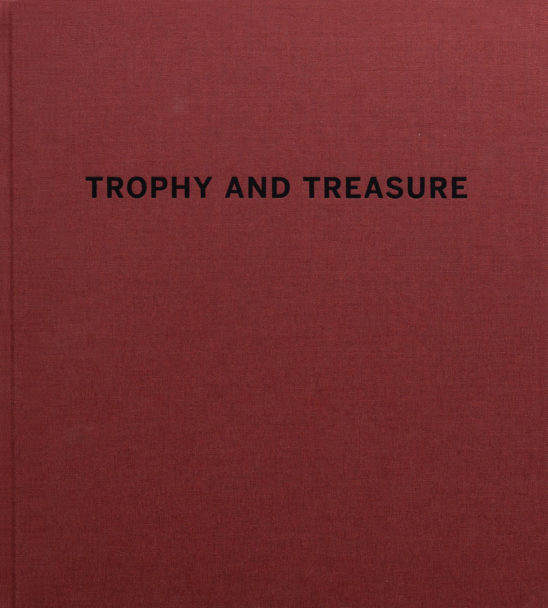
Francesco Neri,
Trophy and Treasure,
2017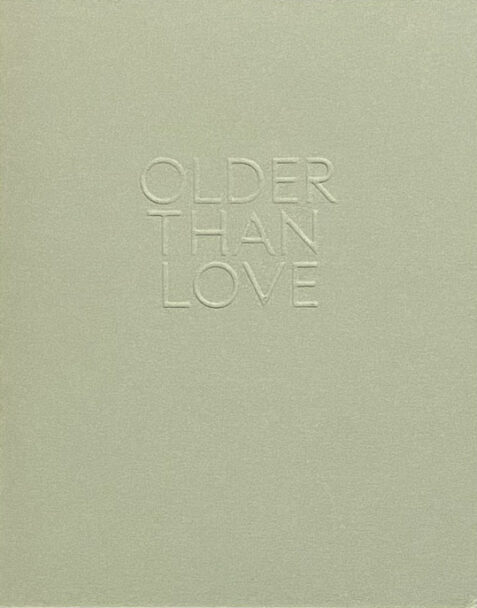
Martina Zanin,
Older than love,
2021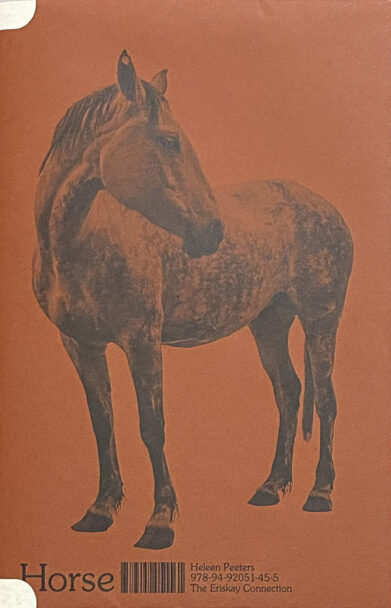
Heleen Peeters,
HORSE,
2021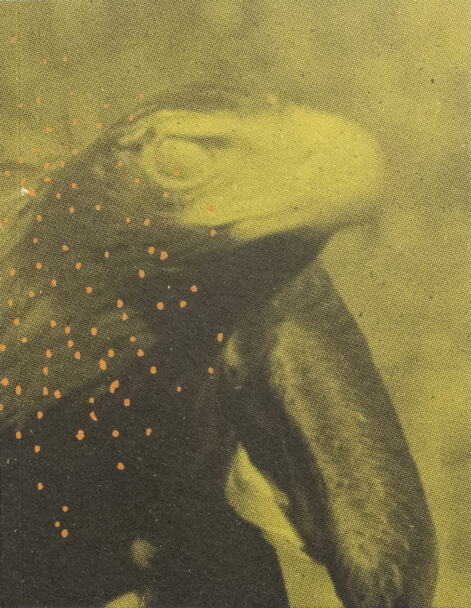
Matt Dunne,
The Killing Sink,
2022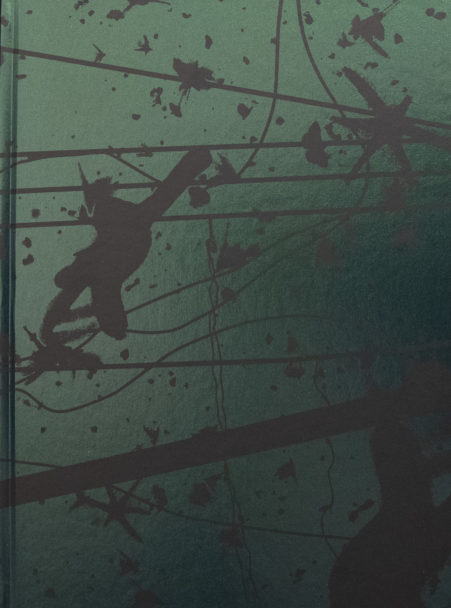
Michele Sibiloni,
Nsenene,
2021
Odette England,
Woman wearing ring shields face from flash,
2023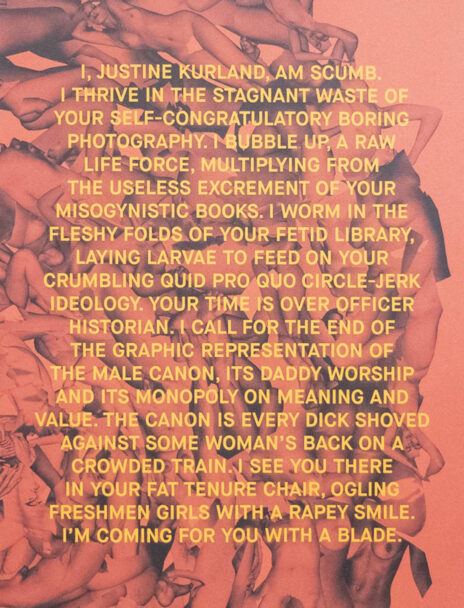
Justine Kurland,
SCUMB MANIFESTO,
2022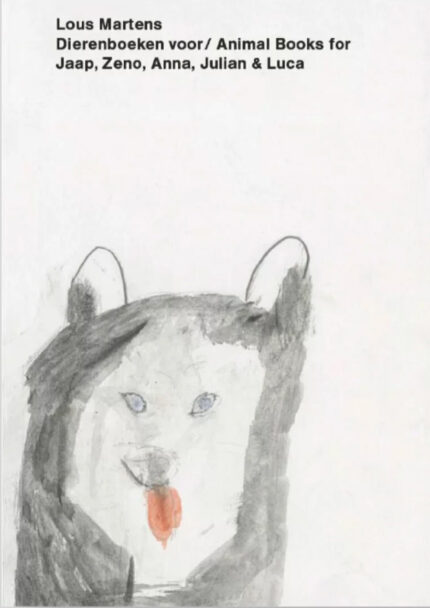
Lous Martens,
Animal Books For Jaap Zeno Anna Julian Luca,
2021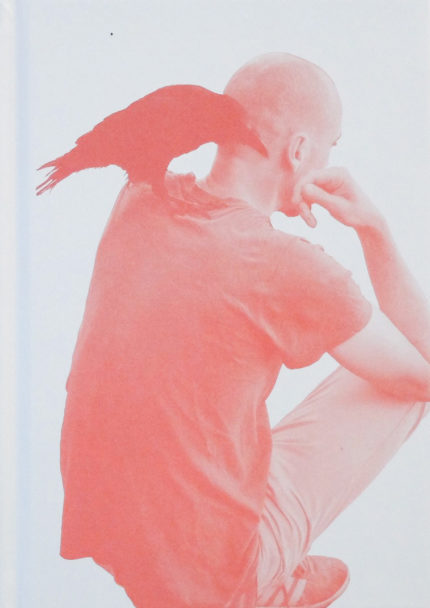
Francesca Todde,
A SENSITIVE EDUCATION,
2020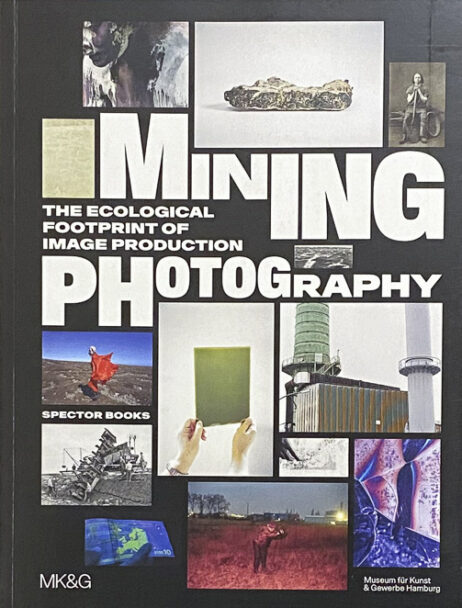
Boaz Levin, Esther Ruelfs, Tulga Beyerle,
Mining Photography – The Ecological Footprint of Image Production,
2022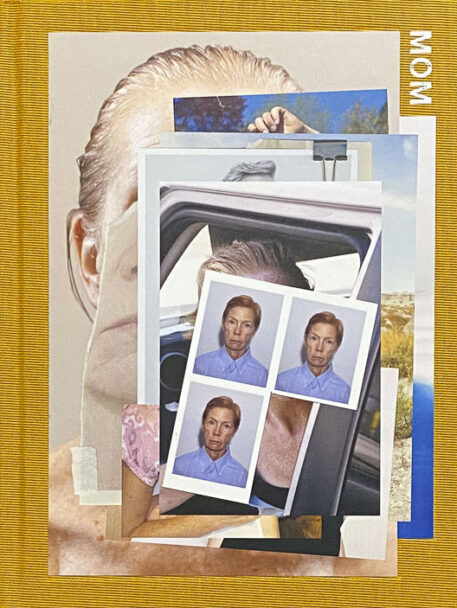
Charlie Engman,
MOM,
2020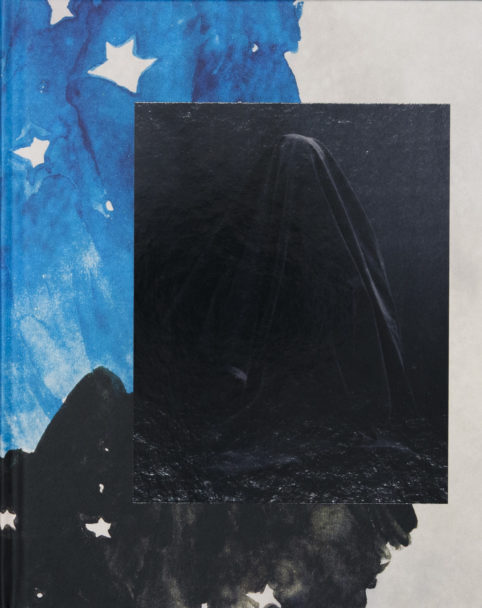
Ahndraya Parlato,
Who is Changed and Who is Dead,
2021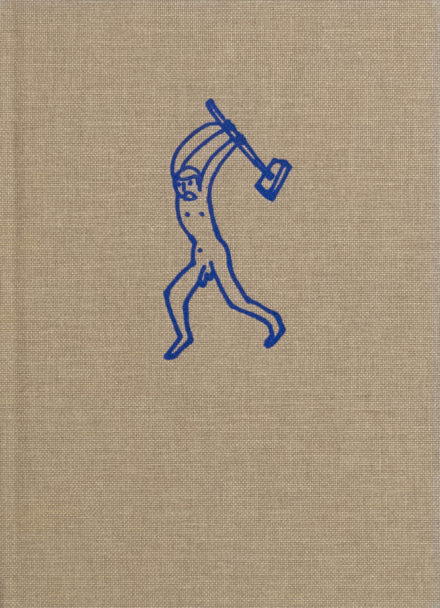
Peter Puklus,
The hero mother,
2021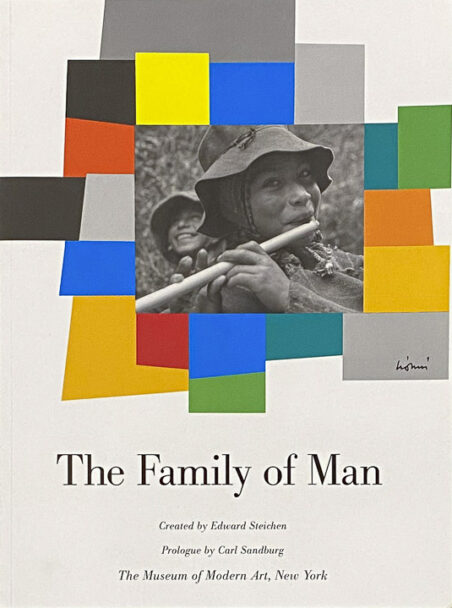
Edward Steichen,
The family of Man,
2016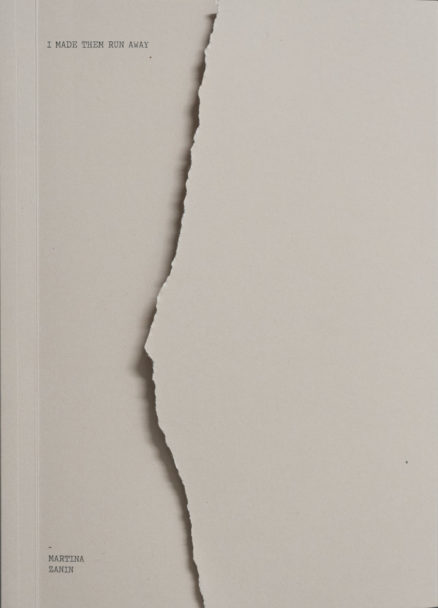
Martina Zanin,
I made them run away,
2021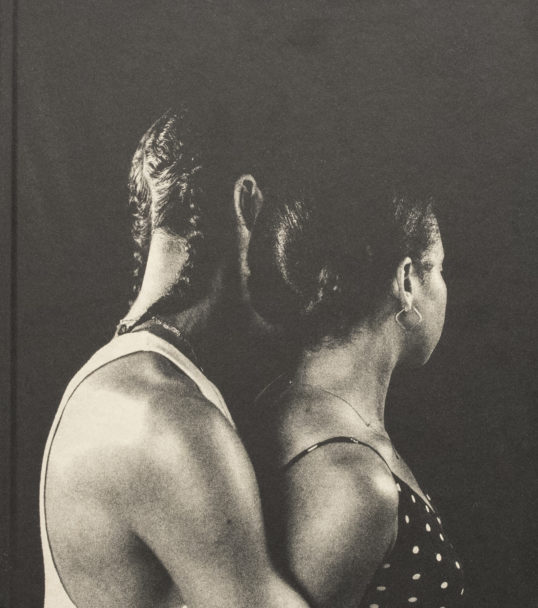
Rahim Fortune,
I can’t stand to see you cry,
2021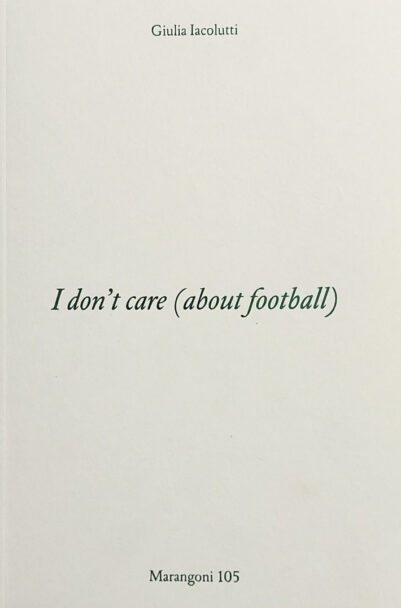
Giulia Iacolutti + Marangoni 105,
I don’t care (About Football),
2023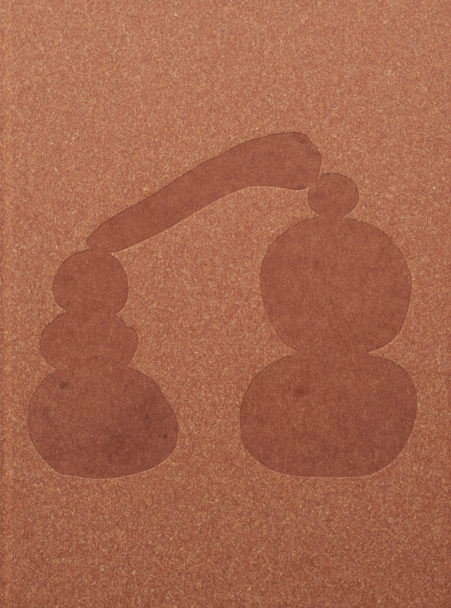
Johanna Tagada,
DO INSECTS PLAY?,
2019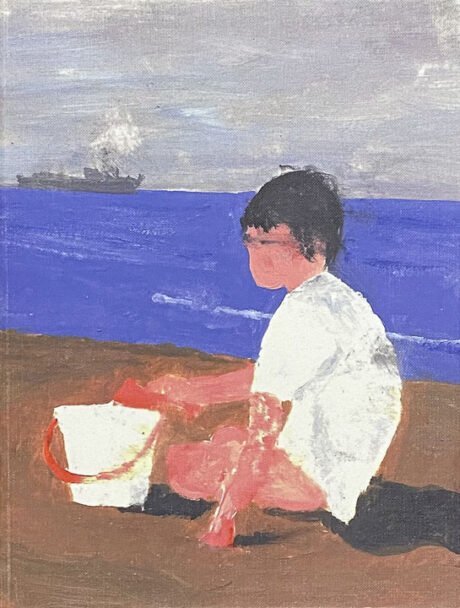
Enrico Pantani,
Sviluppi,
2021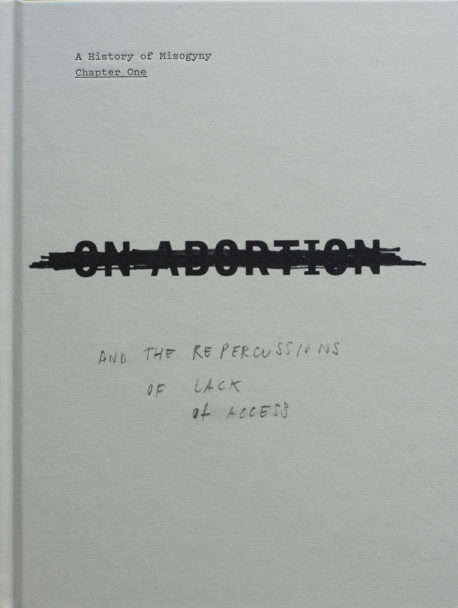
Laia Abril,
ON ABORTION,
2017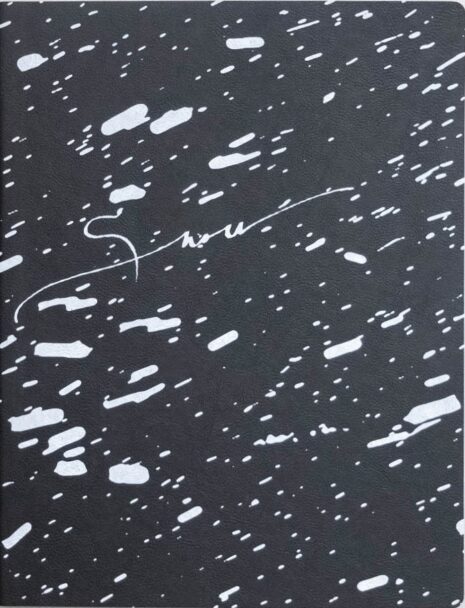
Vanessa Winship ,
Snow,
2022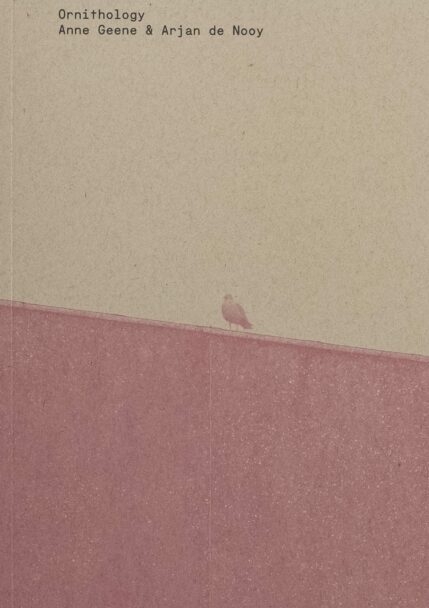
Anne Geene & Arjan de Nooy,
Ornithology,
2017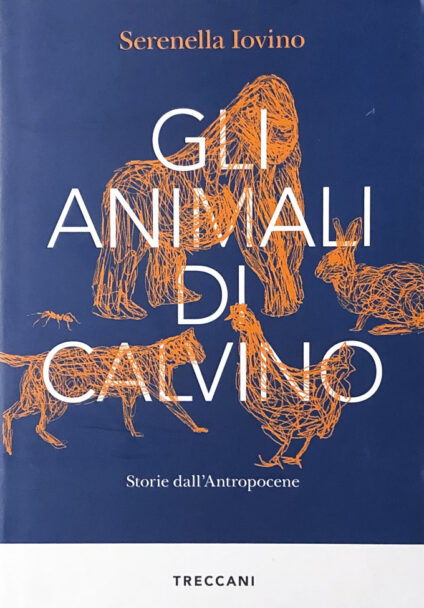
Serenella Iovino,
Gli animali di Calvino. Storie dell’Antropocene,
2023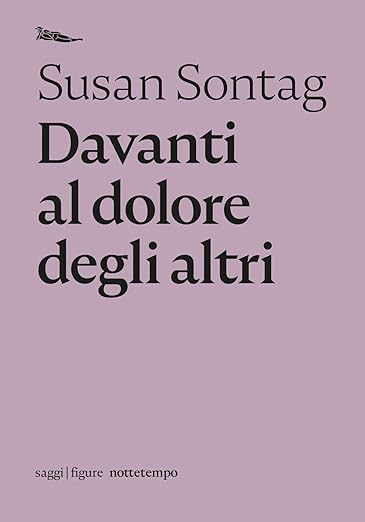
Susan Sontag,
Davanti al dolore degli altri,
2021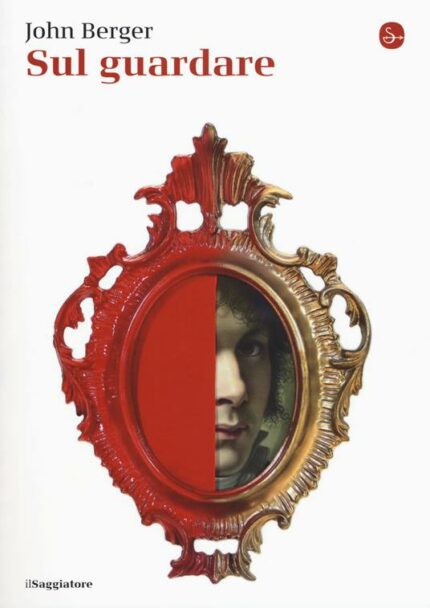
John Berger,
Sul guardare,
2017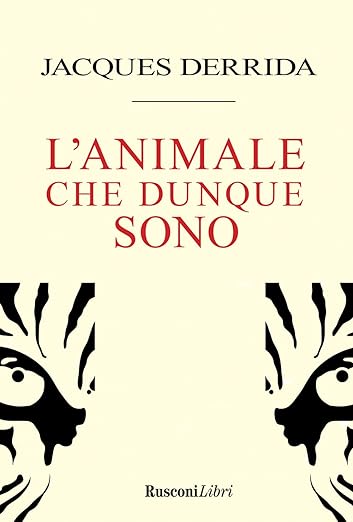
Jacques Derrida ,
L’animale che dunque sono,
2021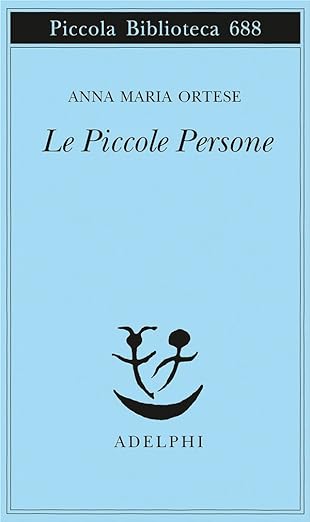
Anna Maria Ortese,
Le piccole persone,
2016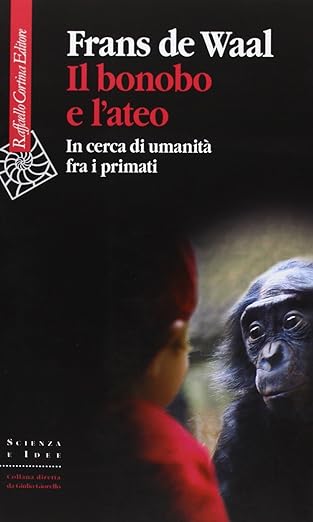
Frans de Waal,
Il bonobo e l’ateo,
2013Hours and Infos
Spazio Labo’
Strada Maggiore, 29, 40125 Bologna BO